The first step to building an amazing software product is to define the products objectives in a document called the “product definition document” commonly referred to as the PRD.
The PRD must clearly define the products market segment and where it fits in the market. It must also show why the product needs to be built (the unique identifier), what problems does it solve, how is it going to solve them and does it require 3rd party technologies or dependencies. It is also a good practise to also include a FAQ section to help simplify and streamline the process.
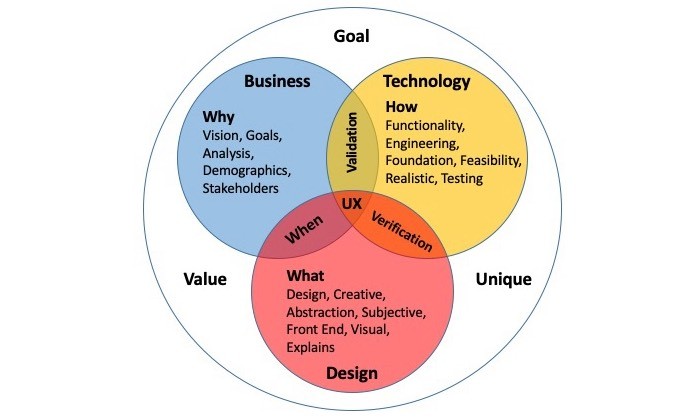
Expand and Expose the Document
Once you have completed writing the first draft of the PRD, the next step is to share and expose your document draft to all the relevant stakeholders in the food chain.
It is very important to involve and include the main stakeholders for all of the relevant disciplines involved in successfully creating a profitable product. They include the business, sales and R&D teams, as they will help you build, market and launch your product solution and make it a success.
Make it easy for other people in different teams to contribute and make suggestions.
Keeping it Simple
Use diagrams to help communicate the problems, the process flow and solutions in addition to the document.
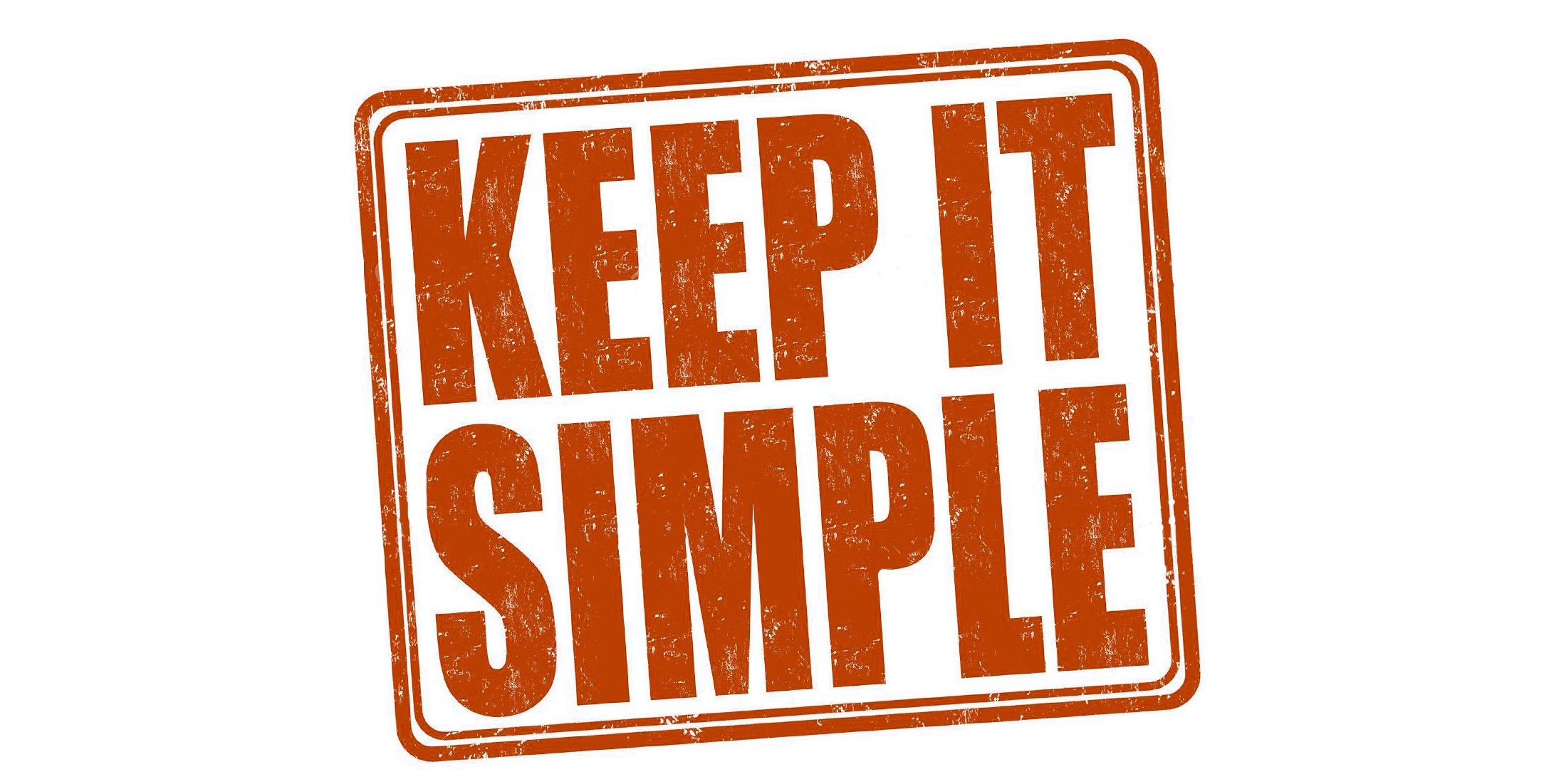
Collaboration
The most important aspect of all this is getting everyone involved. Never write a product requirements document by yourself, you should always have a developer with you and write it together. Share the page with your team and get feedback. Comment, ask questions, encourage others to contribute with thoughts and ideas. This is especially important for distributed teams who don’t often get a chance to discuss projects in person.
Once you have finally achieved alignment with all of the relevant stakeholders the PRD will serve as the backbone and compass for the direction for your product. It will also create inter-team synergy and increase the shared understanding between the product, sales and development teams.
When conducting customer interviews, include a member of the design and development teams so they can hear from a customer directly.
Triage and Backlog Grooming
In addition to creating a PRD you should also begin to create a feature backlog for your product. The order of the features involves both defining the food chain dependencies for inter-related features, customer needs and getting the products main use case up and running as quickly as possible.

The backlog should be groomed, updated and amended as the feature development sprints advance. This is due to ever changing product and customer understanding and requirements. It is a fluid and dynamic process of growth and evolution. It is not a rigid and static plan…
Make sure that triage and backlog grooming a “team sport”. These are great opportunities to make sure everyone is on the same page, and understand why the product owner has prioritised the specific features in a specific order.
Product Requirements Document (PRD) Template
A PRD should generally avoid describing or defining how the product will technically achieve its goal or how the UI and UX will appear. Leave space so that you can allow the UX / UI designers, software architects and engineers to user their expertise to provide the optimal solution to the requirements.
Obviously, if you are an expert in one of these fields then you should provide the relevant input yourself.
PRD – Table of Contents Template
The following section represents a basic TOC template backbone for writing a PRD.
- Introduction – Provide a detailed explanation that explains the purpose and scope, from both a technical and business perspective for the proposed product.
- Stakeholders – Identify the relevant personas that are required to build, market and sell the product solution.
- Market – Perform a market assessment and target the specific demographics for the product.
- Product Overview – Briefly describe the products main function and add several use cases to validate this claim.
- Functional Requirements – Describe what exactly the product should do to be deemed successful.
- Usability Requirements – Describe the user experience flow that is required to perform the main use case scenarios.
- Technical Requirements – Include the security, network, platform, integration and client aspects of the product.
- Environmental Requirements – Define what environmental frameworks and underlying technologies are required to create the solution.
- Support Requirements – Describe what types and levels of support the product will require to support the customers needs and how to scale up that support when needed.
- Interaction requirements – Describe how the product should interact with other systems.
- Assumptions – Add the working assumption and understanding that you are relying upon for the product to work.
- Constraints – Describe any limitations or restrictions that the product solution is not required or intended to solve.
- Dependencies – Describe the relationships between the preceding and succeeding tasks the are integral to the products food chain.
- Evaluation Plan – Describe how the product can be tested in order to validate the products value proposition and technological claims.
- Performance Test Metrics – Define the calculations that can be used to measure and define the quality of results of the product.
- FAQ – Include a frequently asked questions section on the PRD that covers the main questions and points of interest discovered during the research and writing of the document.
The Functional Specification
The PRD is then analysed by the department heads and/or relevant stakeholders from a more technical point of view. They are then broken down and detailed in a functional specification document.
Conclusion
Creating a good PRD is a task that requires patience, team work, research and focus. It is also important to keep an open mind to changes to the overall focus of the product as new information and understandings come to light throughout the research phase of the document.
Remember, that the goal of this document is to create a clear and well defined understanding of the products true viability. It must reflect an accurate representation of the exact amount of effort that will be required to create the product.
Remember to remain focused on the overall objective, which is to sell the product for a profit.
Related Articles
I have utilised various techniques to build my product solutions, such as product strategy, design techniques and agile methodologies described throughout a series of related articles.
If you wish to expand you knowledge on some of these topics use the following links to learn more about how to understand, plan and execute a product strategy for your company.
Pixel Accurate UX Designs
When designing a new product UI, I alway try to employ the K.I.S.S method, of "keep it simple stupid", it hasn't failed me yet. If on the other hand you have no choice but to create a new custom control then provide the developer with a "pixel accurate" screenshot...
How to Prioritize your Product Backlog
A product backlog is the definitive list of all the new epics, features (changes to existing features), user stories, bug fixes, infrastructure changes and maintenance items of your software product. It is also the place to add any other additional tasks that a...
UX Prototyping – The Only Way to Fly
Creating a software solution is a labor intensive human endeavour. It requires input from many different disciplines and stakeholders for it to reach fruition. So, before you start to crunch code maybe you should give some thought to first building a full interactive...


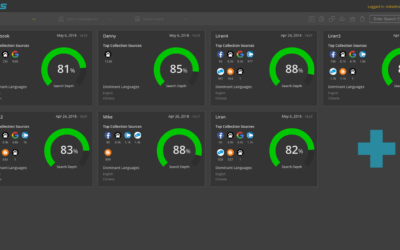
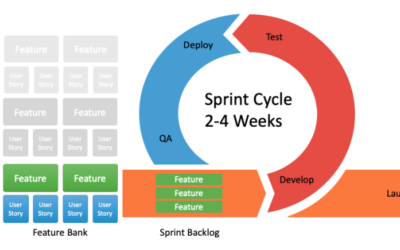
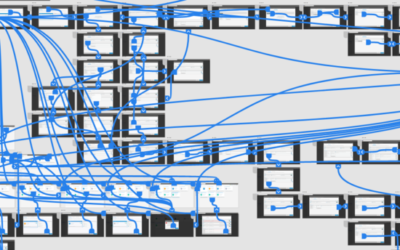
Recent Comments